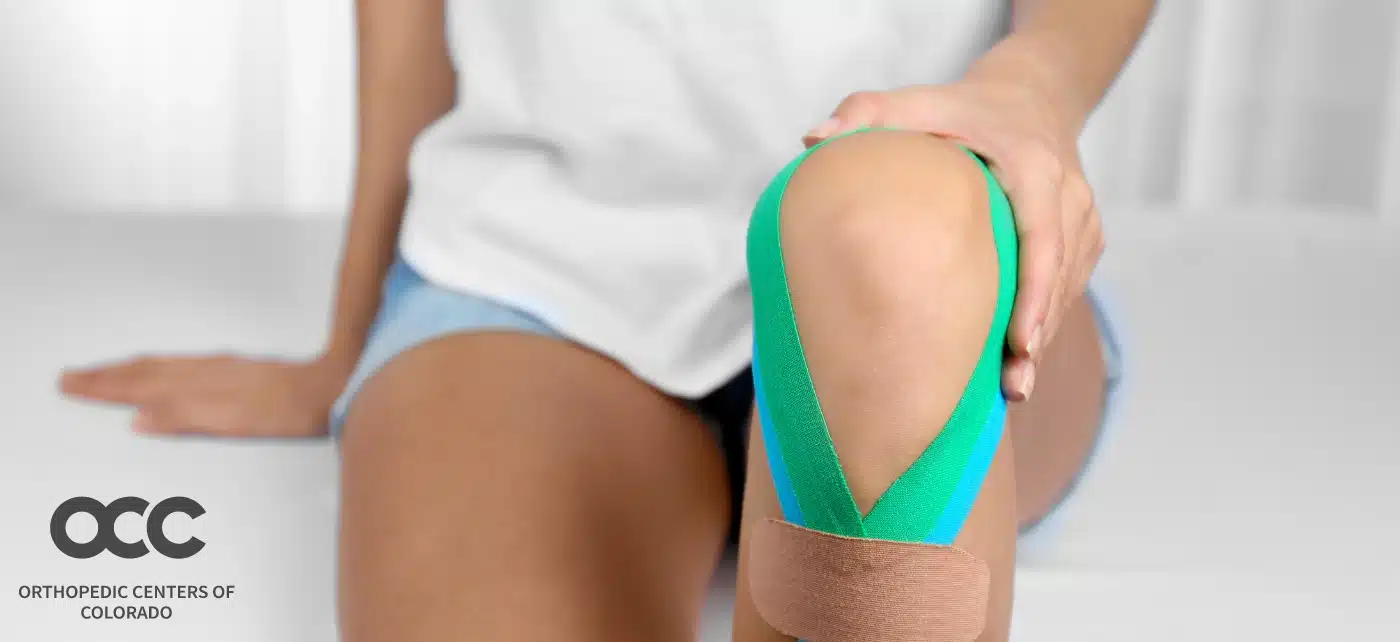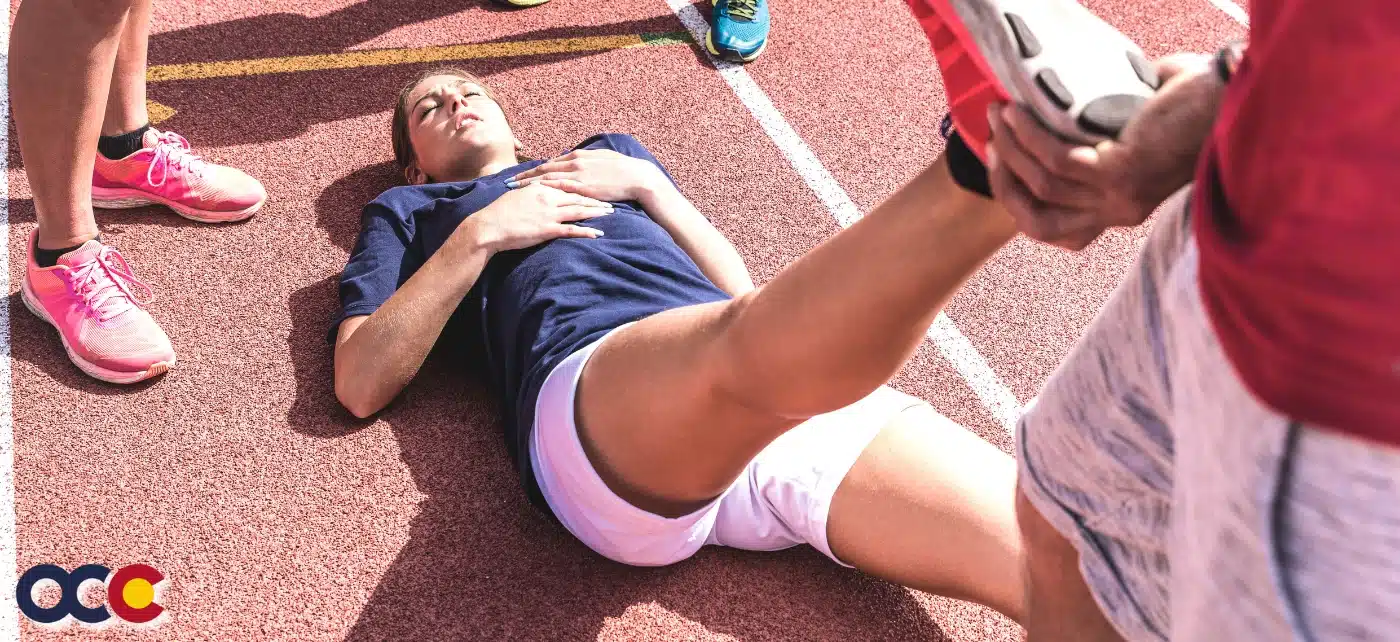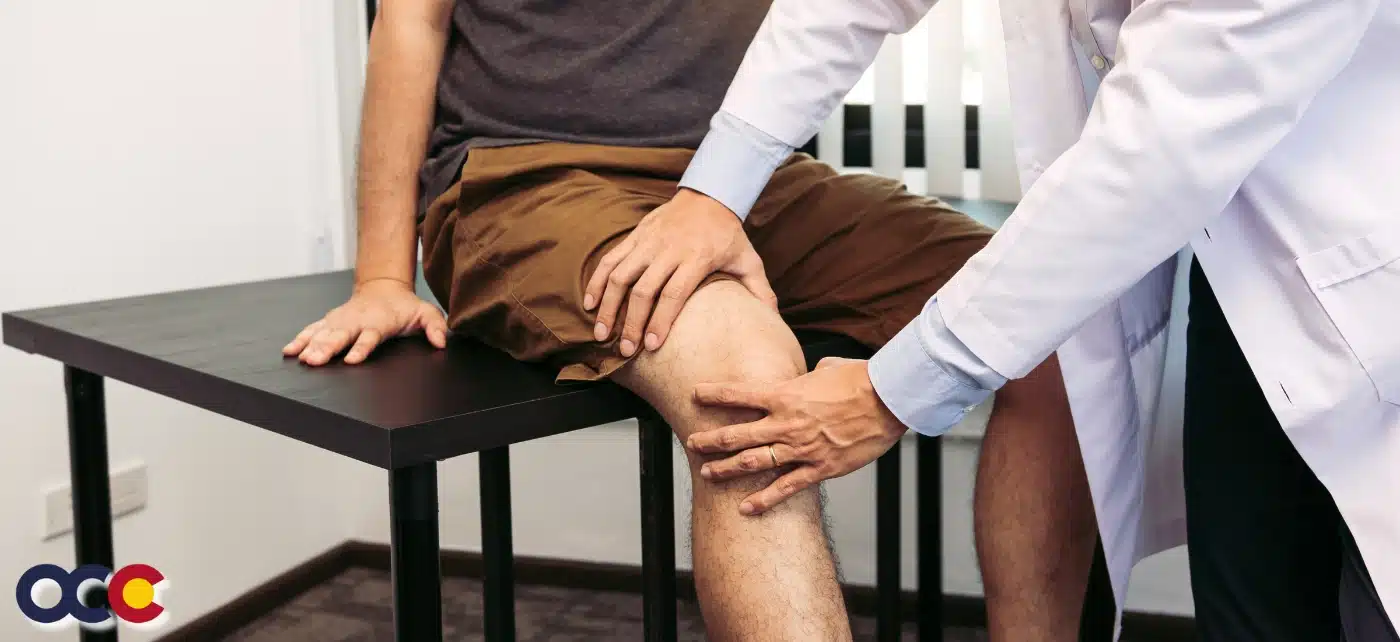No one should have to live with intense pain or discomfort. Least of all, children. Osgood-Schlatter disease is the most common cause of knee pain in children and young adults who are still growing. It is considered an overuse injury of the knee that causes a painful bump and swelling on the shinbone below the knee. Most people have probably never heard of Osgood-Schlatter disease, and the symptoms may resemble other conditions of the knee. Getting a proper diagnosis can help prevent complications that can occur if not diagnosed correctly. At Advanced Orthopedics & Sports Medicine Specialists in Denver, Parker, or Aurora, Colorado, you can trust that your child will get the best care and treatment to alleviate their pain and allow them to do the things they love.
OVERVIEW
Osgood-Schlatter disease, also known as osteochondrosis or traction apophysitis of the tibial tubercle, is a common cause of anterior knee pain in the skeletally immature athletic population. Sometimes it is more simply referred to as growing pains or jumper’s knee. The Osgood-Schlatter disease typically affects kids during their preadolescent growth spurt: in the tweens (8 to 13) for girls and the early teens (10 to 14) for boys. It tends to affect boys more often than girls. The age at which the condition occurs can vary by sex because girls experience puberty earlier than boys.
ABOUT THE KNEE & GROWTH PLATES
The knee is the joint where the bones of the lower and upper legs meet. The largest joint in the body, the knee, helps support the body’s weight. It moves like a hinge, allowing legs to bend and move. Almost any movement that uses the legs relies on the knees, allowing one to sit, squat, walk, run, and jump. The knee consists of three bones: the femur (thigh bone), the tibia (lower leg bone), and the patella (kneecap). Growth plates, also called physis or epiphyseal plates, are one-way that bones grow. There are usually two growth plates in each long bone. They add length and width to the bone helping determine the future length and shape of the mature bone. During the growth period, these growth plates can become swollen or damaged. This is especially true in the growth plates surrounding the knees.
WHAT IS OSGOOD-SCHLATTER DISEASE?
During the growth spurts of adolescence, certain muscles and tendons grow quickly and not always at the same rate. With physical activity, differences in the size and strength of the quadriceps muscle can put more stress on the growth plate near the top of the shinbone. The growth plate is weaker and more prone to injury than other parts of the bone. As a result, it can become irritated during physical stress and overuse caused by repetitive movements in certain sports that involve running, jumping, or twisting, including football, soccer, basketball, volleyball, gymnastics, figure skating, or ballet. The irritation can result in a painful lump below the kneecap, referred to as the Osgood Schlatter’s bump. Usually, just one knee is affected, but for 20% of people with Osgood-Schlatter disease, both knees are affected. If not assessed and treated, Osgood-Schlatter disease can follow adolescents into adulthood.
Read more about Osgood-Schlatter disease on our new Orthopedic News Site – Colorado Orthopedic News. Schedule an appointment with a knee specialist today.

















